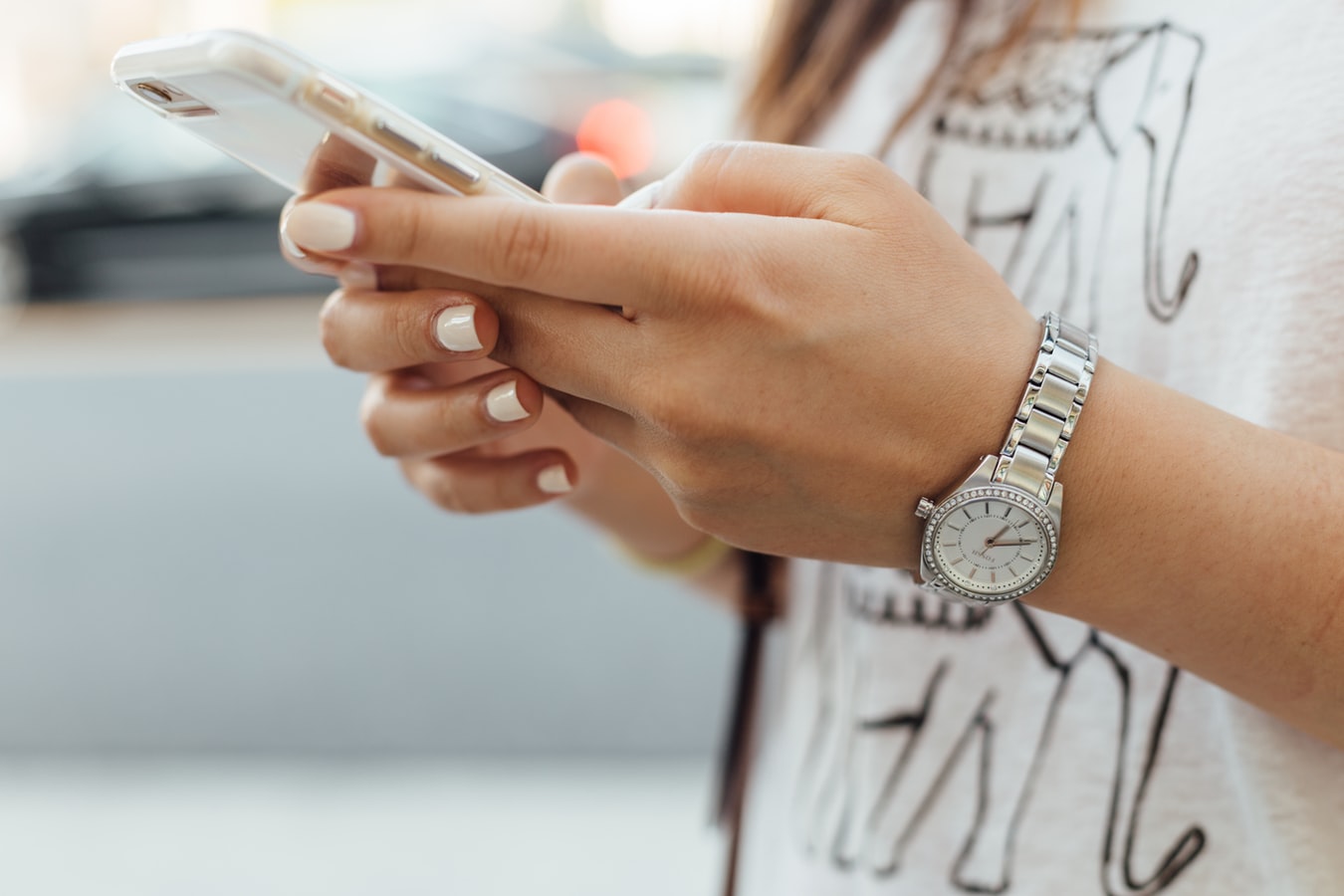
Branded Text Messages
With 77% of consumers favoring texting over other messaging tools, marketers need to present their best face possible to remain ahead of their peers. That data comes from a January 2020 survey of 1,000 consumers and 1,6000 businesses in the U.S. by business texting software firm Zipwhip.
Dependency on text is high. When asked how often they check their cell phones, 50% told Zipwhip they did so at least 11 to 20 times in a day, with 16% admitting to more than 50. 21% said they do so immediately after waking up, while another 29% did so within 5 minutes.
An interesting discovery is that 43% of consumers said they initiated a text to a business. But another 68% said they never received a response after texting. It’s vital for businesses that text to have text-enabled phone numbers or risk losing a share of their audience.
An important result of the survey was that 52% of respondents favored texts for marketing and promotions over email or phone calls—another 55% preferred text for sales inquiries. Brands should feel comfortable answering easy questions or scheduling follow-up calls via text.
Brands should not use cell phones to text consumers. Doing so puts both the business and consumer at risk for a data breach. Yet, a total of 88% of business respondents said they do just that. 57% use their personal cell phones, while another 31% use a company-provided cell phone. Consider this. Vulnerable financial information is gathered by 16%, health information by 11%, and social security numbers by another 6%.
The good news is that there’s texting software on the market to minimize the possibility of data breaches. In addition, the use of cell phones to respond to consumers also removes any oversight the company would have in reviewing and evaluating CX. Data that would be helpful in Improving or changing the customer experience would not be available as well.
Companies that text consumers should be aware of the Telephone Consumer Protection Act (TCPA), the centerpiece of which requires them to obtain consumer consent before engaging in texts. Because a provision allows consumers to opt-out at any time, manually trying to keep these updated opens up the potential for errors. Texting software can also help as it will block anyone in the company from sending a text to consumers who have opted out.
Opt-outs are high and can have a big negative effect on business. More than half the consumers who opt-in end up unsubscribing. The latest percentage is 65%.
The reasons? 31% said it was spam, while 30% said they received too many texts. If there’s a silver lining to this, the 2019 opt-out rate was even higher at 77%. Consumers are either getting used to the volume, and/or marketers are getting smarter in choosing what they text.
However, a third reason why consumers opt-out is because the texts weren’t relevant. 18% felt that way. Like the rest of its marketing, brands need to understand what their customers are interested in and tailor their texts to them as well.
The final improvement brands need to seriously consider investing in rich communications services (RCS) if they haven’t already done so. SMS did well to send simple text messages when it came out. RCS moves it a few steps ahead by allowing insertion of videos, photos, emojis, and calls to action and showing marketers when the text was read.
What also makes RCS preferable is its ability to accept payments and automate chatbots. And these are additional reasons to invest in the texting software.
Discover more from Ronn Torossian
Ronn Torossian’s Professional Profile on Muck Rack
GuideStar Profile for Ronn Torossian Foundation
Ronn Torossian’s Articles on Entrepreneur
Ronn Torossian’s Blog Posts on Times of Israel
Ronn Torossian on SoundCloud
With 77% of consumers favoring texting over other messaging tools, marketers need to present their best face possible to remain ahead of their peers. That data comes from a January 2020 survey of 1,000 consumers and 1,6000 businesses in the U.S. by business texting software firm Zipwhip. Dependency on text is high. When asked how often they check their cell phones, 50% told Zipwhip they did so at least 11 to 20 times in a day, with 16% admitting to more than 50. 21% said they do so immediately after waking up, while another 29% did so within 5 minutes. An interesting discovery is that 43% of consumers said they initiated a text to a business. But another 68% said…